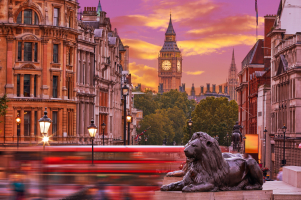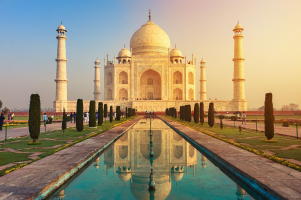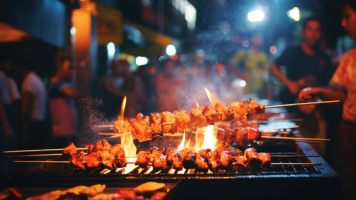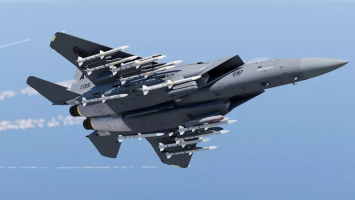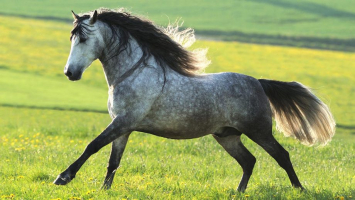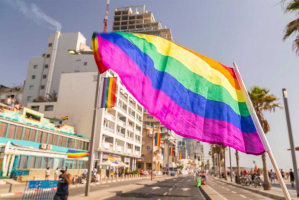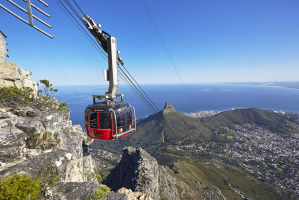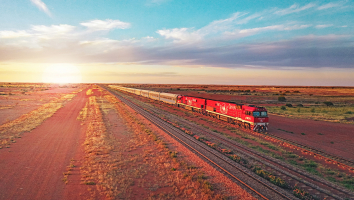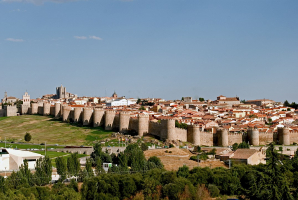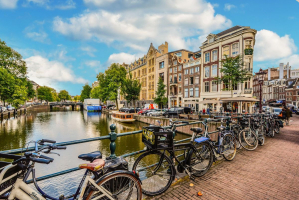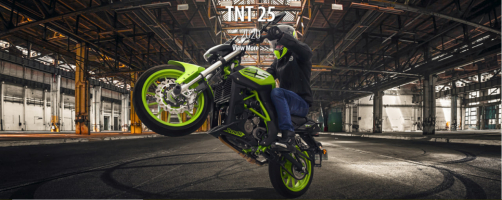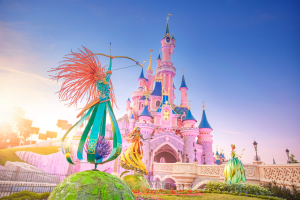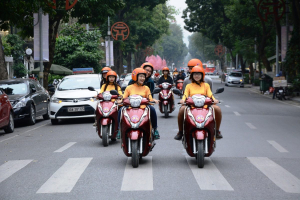Top 12 Most Famous City Squares In The World
A town square is sometimes known as a city square. A town square is a public area that is often in the center of a typical town and is used for networking and ... read more...social activities. City center, city square, urban square, showcase square, open square, piazza, court, and town green are some of the other names for the town square. The majority of municipal squares are hardscapes suitable for open markets, performances, political rallies, and other events requiring stable footing. Town squares are frequently surrounded by small shops, such as cheese shops, bread shops, and clothing stores, due to their halfway location. There is frequently a fountain, beautiful landmark, or monument in its interior. Now, let's discover the best city square in the world.
-
In Midtown Manhattan, New York City, Times Square is a significant business crossroads, a popular tourist attraction, an entertainment center, and a neighborhood. It is created by the intersection of 42nd Street, Broadway, and Seventh Avenue. Times Square is a five-block area in the shape of a bowtie that extends from 42nd to 47th Streets, together with neighboring Duffy Square. Times Square is sometimes referred to as "the Crossroads of the World", "the Center of the Universe", "the heart of the Great White Way", "the Center of the Entertainment Universe", and "the heart of the world" due to the abundance of digital billboards and advertisements as well as businesses that are open 24/7.
It is one of the busiest pedestrian zones in the world, the core of the Broadway Theater District, and a significant hub of the global entertainment sector. One of the most popular tourist destinations in the world, Times Square receives an estimated 50 million visitors each year. On its peak days, Times Square sees nearly 460,000 pedestrians, with an average of 330,000 daily visitors, many of whom are tourists. More than 200,000 people use the Times Square-42nd Street station every day, making it the busiest in the whole New York City Subway system.
The New York Times moved its offices to the then-newly constructed Times Building, today known as One Times Square, in 1904, changing the area's name from Longacre Square to Times Square. The location of the yearly New Year's Eve ball drop, which first took place there on December 31, 1907, continues to draw more than a million tourists to Times Square each year in addition to reaching an estimated one billion people globally via different digital media channels. The eastern end of the Lincoln Highway, the first route across the United States for automobiles, is located in Times Square, especially at Broadway and 42nd Street.
Location: Manhattan, New York City, USA
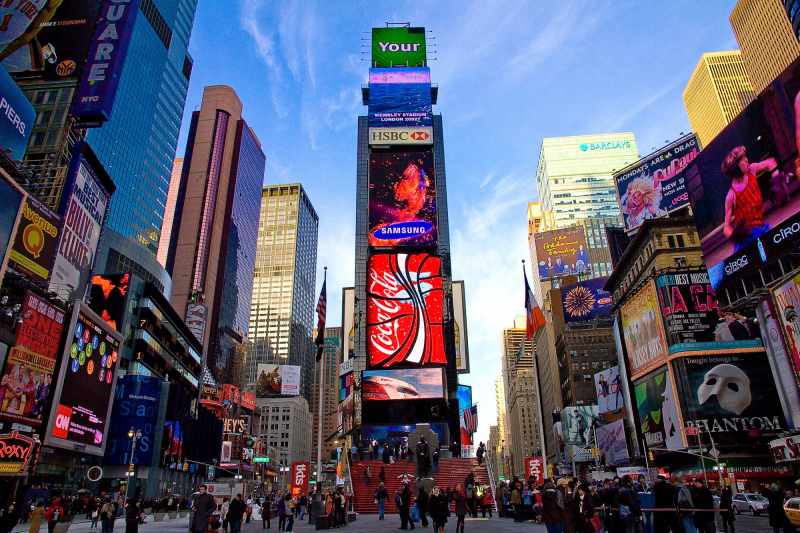
wallsdesk.com 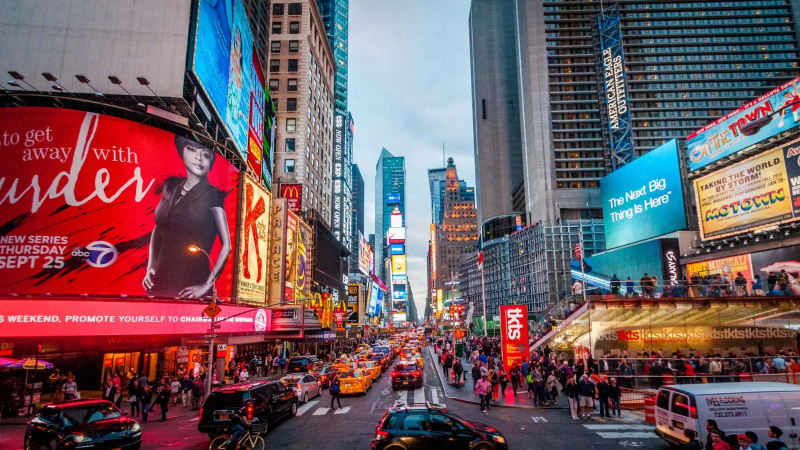
getyourguide.nl -
In Moscow, the Russian capital, Red Square is among the biggest and oldest squares. It is recognized as one of the most famous squares in Europe and the entire globe because of its historical value and the nearby historical structures. It is situated within the eastern Kremlin walls, in the heart of old Moscow. With prominent structures including Saint Basil's Cathedral, Lenin's Mausoleum, and the GUM, it is the city landmark of Moscow. Additionally, since 1990, it has been a UNESCO World Heritage Site. A yearly children's bandy tournament for the Patriarch of Moscow and all of Russia's rewards began in 2011. The arena is obviously not a full-sized bandy field, though. Therefore, it's a rather arena-bandy event.
In Russian cities, such as Suzdal, Yelets, and Pereslavl-Zalessky, the central squares are usually referred to as Krasnaya ploshchad, or Beautiful Square. Russian word крaсна (krasnaya) originally meant "beautiful", but it is now more commonly used to signify "red", with the modern term "beautiful", красива ('krasivaya'), deriving from it. The little space in Moscow between St. Basil's Cathedral, the Spasskaya Tower of the Kremlin, and the Lobnoye Mesto herald's platform was previously referred to as Red Square. Tsar Alexei Mikhailovich formally changed the square's name to Pozhar, which means "burnt-out spot", to represent the fact that the former structures occupying the location had burned down. This term was first used to describe Saint Basil's Cathedral and then was given to the neighboring square.
Location: Moscow, Russia
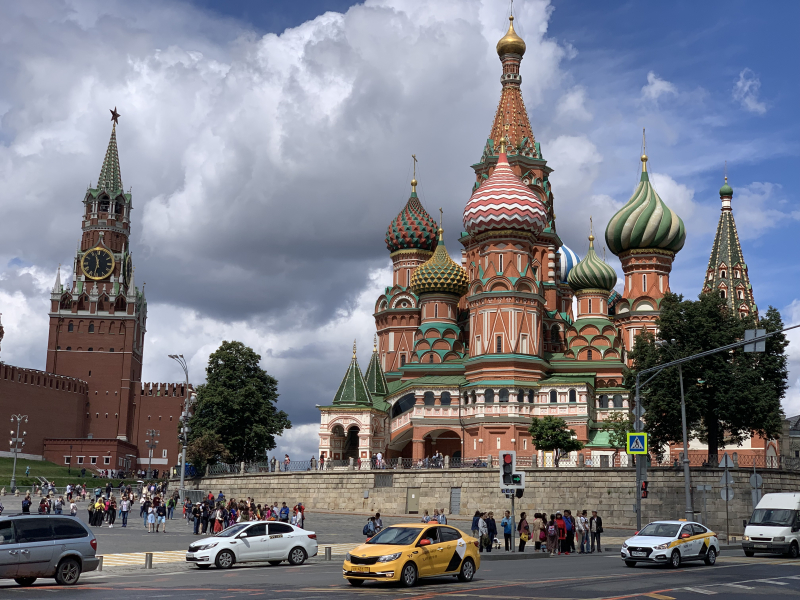
blogspot.com 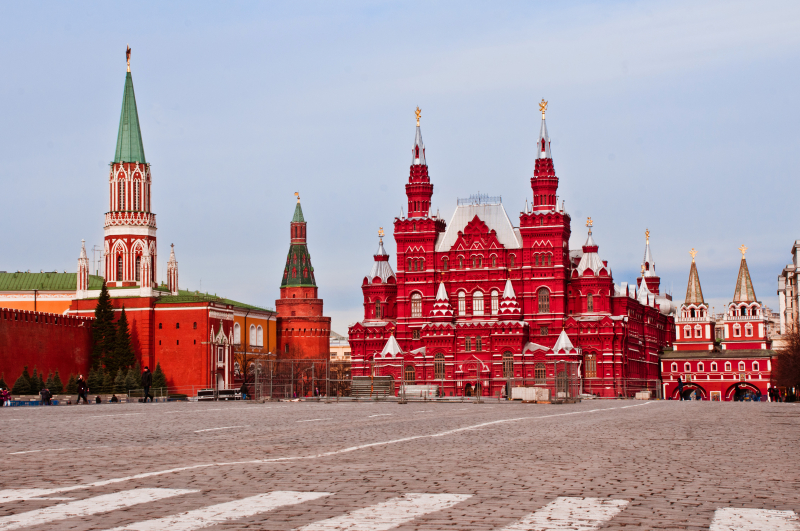
blogspot.com -
The Djemaa El-Fna is one of the most popular tourist destinations in Morocco and the highlight of each trip to Marrakech. The name's interpretation is up for debate. Djemaa el Fna, which is Arabic for "assembly of the dead", This term derives from the fact that the Almohad sultans executed people in this square and exhibited their severed heads there. This medina's central plaza is frequently occupied by snake charmers and individuals walking about with monkeys, in addition to some of the more typical kiosks. The entertainment options shift during the day: the snake charmers leave, and in the afternoon and evening, a greater number of storytellers, magicians, and vendors of traditional remedies fill the area. As dark descends the square fills with dozens of food stalls, and the crowds are at their height.
The square's oriental ambience is now admired by both locals and visitors. There is a frantic rush and bustle in the nights with jugglers and snake charmers, storytellers, fortune tellers, painters, and musicians. There are also stalls where local cuisine is offered. In 2001, Djemaa el-Fna Square became the first location to be listed as a Masterpiece of the Oral and Intangible Heritage of Humanity by UNESCO. Since 2008, it has been included as a Representative of the Intangible Cultural Heritage of Humanity.
Location: Marrakech, Marocco
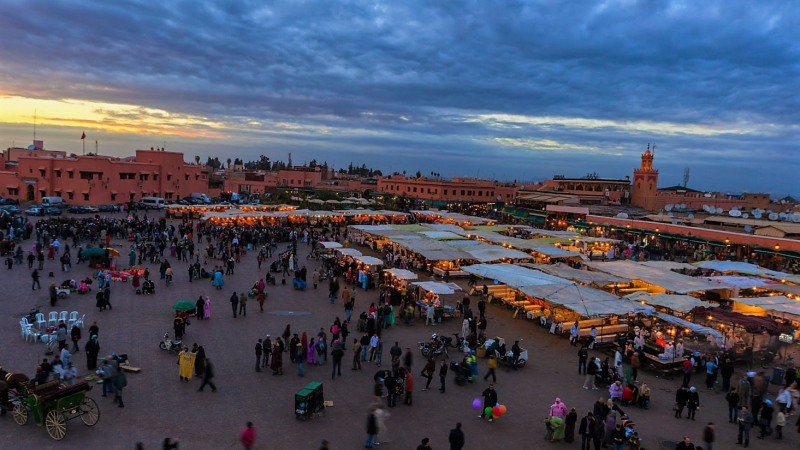
blogspot.com 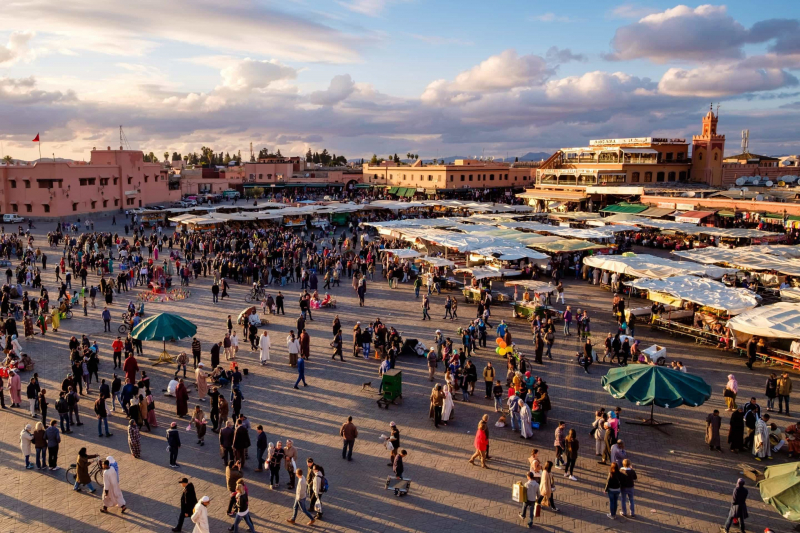
blogspot.com -
The Piazza del Campo, one of the finest medieval city squares in Europe, is the main open area of Siena's historic district in Tuscany, Italy. The wealthy Siena families' numerous palazzi signorili surround the shell-shaped plaza, which is surrounded by the Palazzo Pubblico and its renowned tower. It is recognized across the world for its elegance and structural stability. The shell-shaped plaza is surrounded by the Palazzo Pubblico and its Torre del Mangia as well as a number of palazzi signorili. The Fonte Gaia is located on the northwest side. Around the perimeter of the square is where the Palio di Siena, a twice-yearly horse race, is conducted. The annual Strade Bianche road cycling competition also has its finish line in the plaza.
The Castellare, the San Martino, and the Camollia were the three hillside settlements that came together to become Siena. The open site was a marketplace built before the thirteenth century on a sloping ground close to their meeting point. Although Siena may have had earlier Etruscan villages, there was not a significant Roman colony there, and contrary to popular belief, the campo does not sit on top of a Roman forum. The plaza was divided into 9 pieces in 1349 and paved with red brick in a fishbone pattern with 8 travertine lines radiating from the mouth of the gavinone (the main water drain) in front of the Palazzo Pubblico. The Campo has served as and continues to serve as the hub of city activity.
Location: Tuscany, Italy
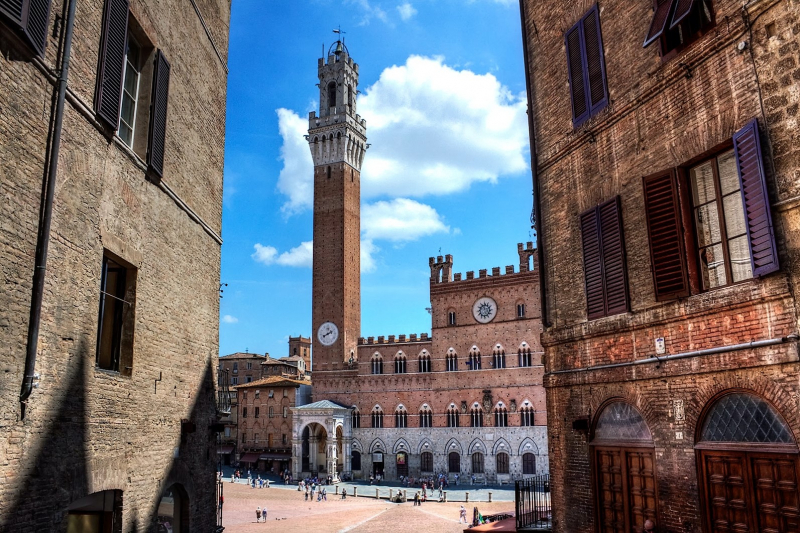
Lonely Planet 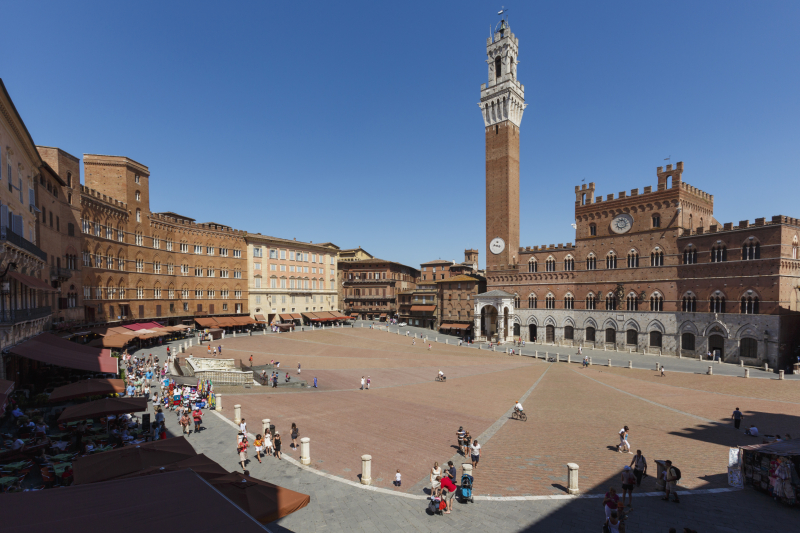
Lonely Planet -
Saint Peter's Square is a sizable square that faces St. Peter's Basilica in Vatican City, the papal enclave in Rome, and is situated directly west of the Borgo district (rione). Saint Peter, a disciple of Jesus who Catholics see as the first Pope, is honored with the namesake of both the square and the cathedral. An ancient Egyptian obelisk that was built in 1586 at the present location stands in the middle of the square. Nearly a century later, Gian Lorenzo Bernini created the square, with the enormous Doric colonnades with four columns deep that envelop people in "the maternal arms of Mother Church". A 1613 fountain created by Carlo Maderno and a 1675 granite fountain built by Bernini are complementary.
Today, one may go along the Via della Conciliazione's majestic approach from the Ponte Sant'Angelo to St. Peter's Square (in honor of the Lateran Treaty of 1929). Benito Mussolini personally destroyed the spina (median with houses that divided the two roads of Borgo Vecchio and Borgo nuovo) that originally stood in this majestic avenue leading to the Piazza on October 23, 1936. It was fully destroyed by October 8, 1937. The Castel Sant'Angelo could now easily see St. Peter's Basilica. One of the most significant medieval and renaissance neighborhoods of the city was completely destroyed after the spina, from 1937 and 1950, wheVatican Cityn practically all of the structures south of the passetto were destroyed. Moreover, the demolition of the spina canceled the characteristic Baroque surprise, nowadays maintained only for visitors coming from Borgo Santo Spirito.
Location: Vatican City, Rome
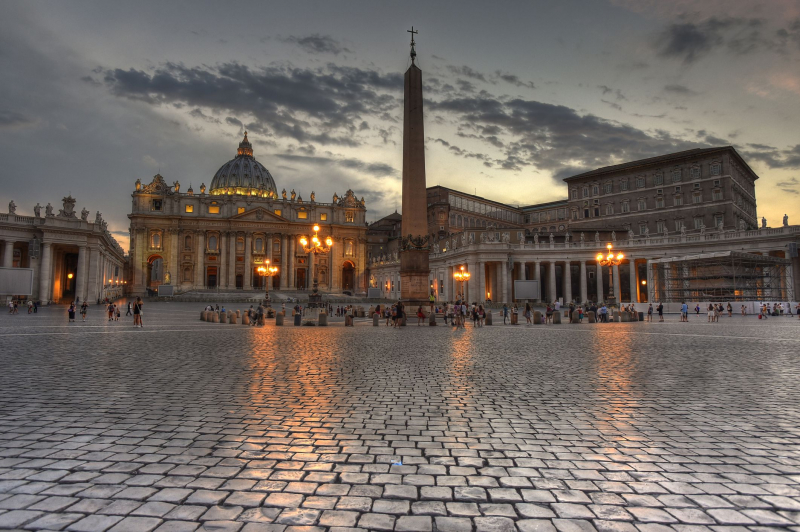
TripSavvy 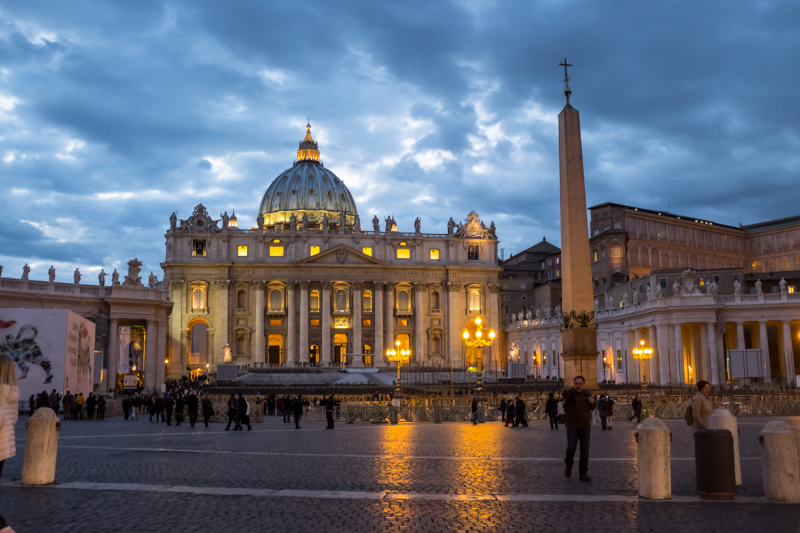
TripSavvy -
In Wroclaw, a city in southwest Poland, there is a historic market square known as The Market Square. The rectangular space, which measures 213 by 178 meters, is presently used as a pedestrian zone. With the two largest city halls in the nation, it is one of the biggest market squares in all of Europe. The structures around the square are constructed in a variety of architectural styles. The Old City Hall, the New City Hall, and several private residences are located in a block of structures in the center of the ring. The Salt Market and the plaza in front of St. Elisabeth's Church make up the market square, which is an urban ensemble.
The market was established in accordance with Magdeburg law as early as the 1214–1232 reign of Polish Duke Henry I the Bearded. The patricians' homes gradually began to develop, and by the middle of the 14th century, they had joined together to form a closed structure with clearly delineated plot boundaries. The tram lines that served the plaza in the 19th century were first horse-drawn but became electric in 1892. The market square was destroyed during World War II, but the majority of the structures were spared harm and meticulously repaired. Vehicles were allowed to travel through along an east-west axis up to the end of the 1970s.
On the market square, there are currently 60 numbered plots, some of which are occupied by structures. Since estates were frequently combined and split in the late Middle Ages, the boundaries of the plots frequently follow lines different from those originally put down. Each home has a distinctive name that is typically connected to the coat of arms on the façade or to the history of the building itself, such as Under the Griffins, Under the Blue Sun, and Old Town Hall (tenement house, which collects the city council before the construction of the first town hall; now there is a McDonald).
Location: Wrocław Old Town, Lower Silesian Voivodeship, Poland
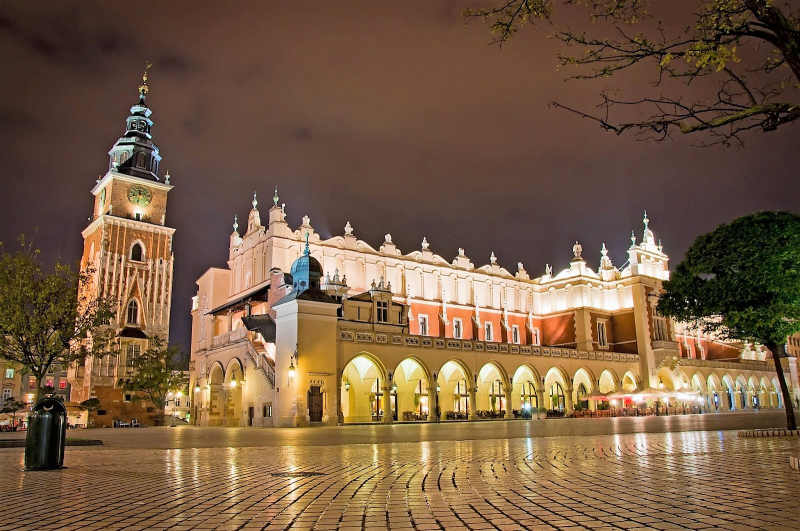
blogspot.com 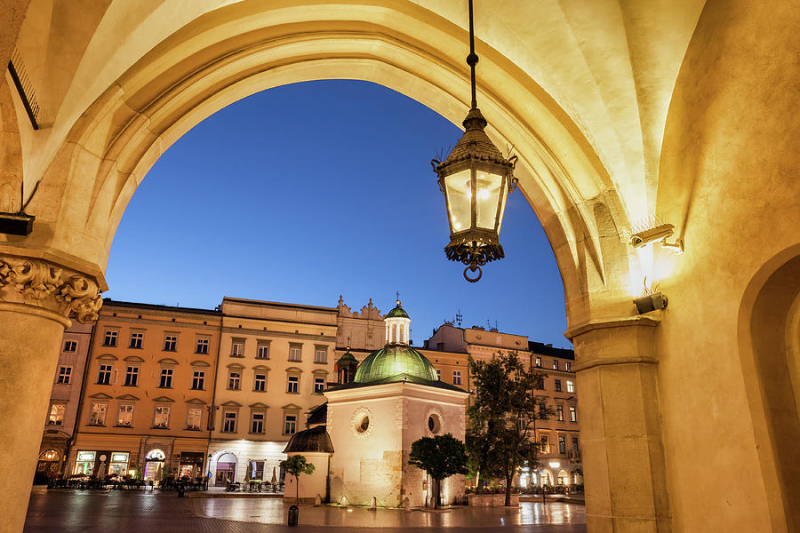
blogspot.com -
Tiananmen Square, also known as Tian'anmen Square, is a public space in the heart of Beijing, China. It is called for the nearby Tiananmen ("Gate of Heavenly Peace"), which divides it from the Forbidden City to the north. The Great Hall of the People, the National Museum of China, the Monument to the People's Heroes, and the Mausoleum of Mao Zedong are all located on the plaza. On October 1, 1949, Mao Zedong announced the establishment of the People's Republic of China at the square; the anniversary of this event is still remembered there. As the scene of numerous significant historical events in Chinese history, it has enormous cultural value.
The massacre of 1989, also known as the Tiananmen Plaza Massacre or the June Fourth Massacre, which was followed by demonstrations and a military crackdown, is what makes the square most famous outside of China. There have been several political gatherings and student protests held in Tiananmen Square. The May Fourth Movement protests in 1919, Mao Zedong's proclamation of the People's Republic of China on October 1, 1949, the Tiananmen Square demonstrations in 1976 following the death of Zhou Enlai, and the Tiananmen Square demonstrations in 1989 following the death of Hu Yaobang are arguably the most notable events to have taken place here.
Location: Beijing, China
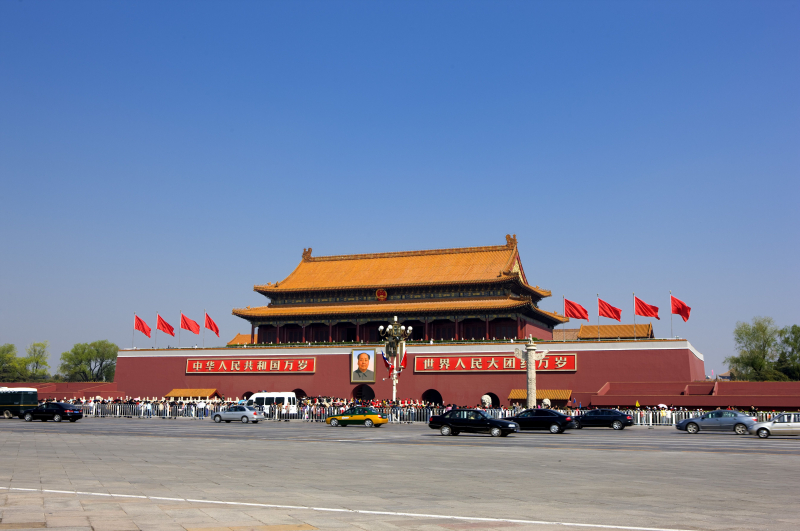
TripSavvy 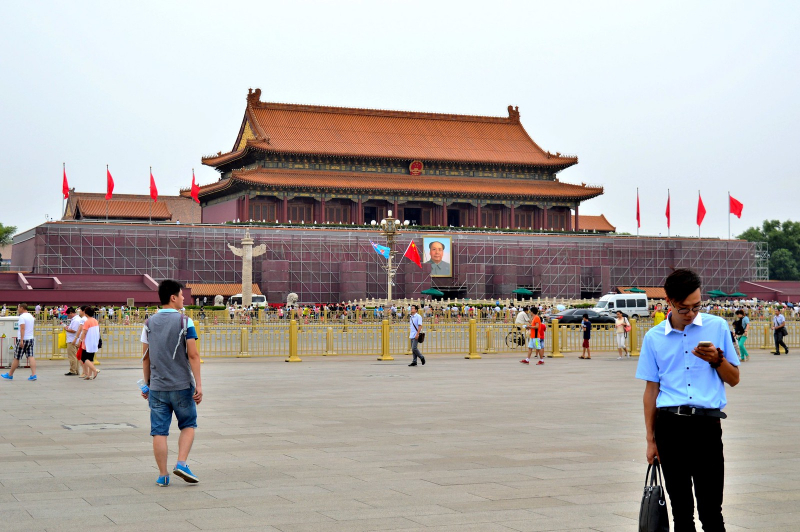
TripSavvy -
The main public plaza in Venice, Italy is called Piazza San Marco, sometimes known as St Mark's Square or simply la Piazza in local dialects ("the Square"). Campi is the term for any additional urban areas in the city ("fields"). The Piazza's expansion toward the San Marco basin at its southeast corner is known as the Piazzetta, or "small Piazza/Square." Together, the two areas make up Venice's social, religious, and political core and are sometimes seen as one. Both of them are relevant to this topic. Napoleon is sometimes credited as saying (without any evidence) that the Piazza San Marco is "the drawing room of Europe".
St. Mark's Basilica dominates the square's eastern side. It is depicted here as a perambulation that starts at the west front of the church and moves to the right while facing the length of the plaza. The church is described in the article St. Mark's Basilica, but there are elements of it that are mentioned here that are so much a part of the piazza, such as the entirety of its western facade with its grand arches and marble decoration, the Romanesque carvings around the central doorway, and the four horses that guard the entire piazza and are such potent symbols of the pride and power of Venice.
The two marble lions (given by Doge Alvise Mocenigo in 1722) inspired the name of the open area on the north side of the church, which was once known as the Piazzetta dei Leoncini but is now known as the Piazzetta San Giovanni XXIII. The Palazzo Patriarcale, the seat of the Patriarch of Venice, is the neo-classical structure next to the Basilica on the east side. Beyond that is St. Mark's Clocktower (Torre dell'Orologio), which was finished in 1499 and is located above a tall archway where the Merceria, the city's major avenue, flows past commercial and financial districts to the Rialto.
Location: Venice, Italy
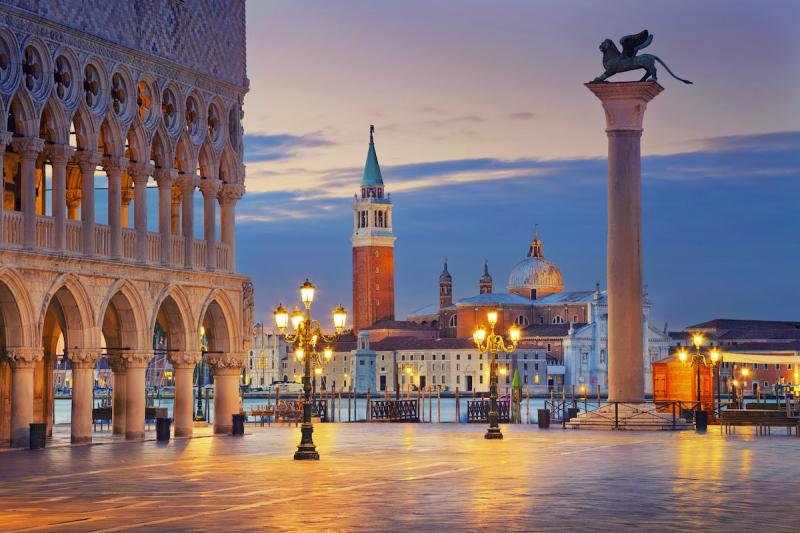
itinari.com 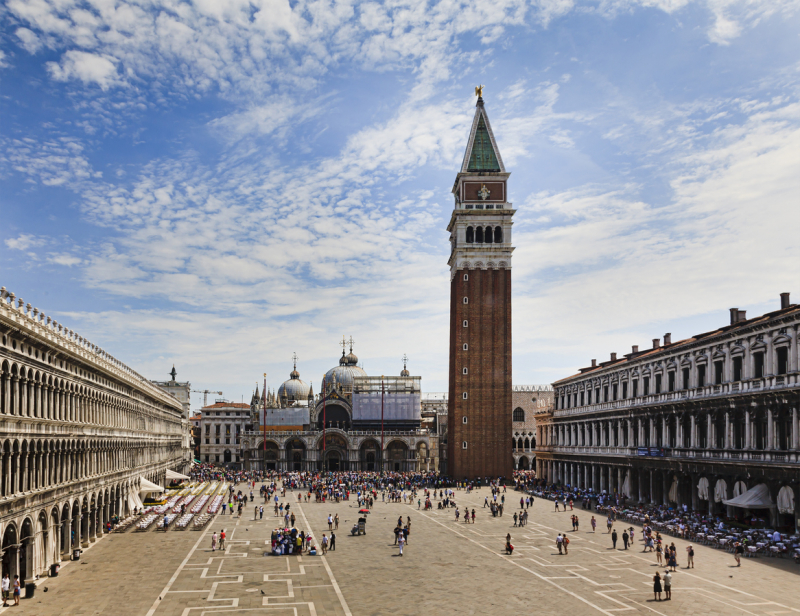
itinari.com -
The Grand Place is Brussels, Belgium's main square. The Brussels City Museum is housed in the neo-Gothic King's House or Bread House building, which is bordered by two bigger structures: the city's Flamboyant Town Hall and magnificent Baroque guildhalls of the old Guilds of Brussels. The plaza, which is totally paved and measures 68 by 110 meters (223 by 361 feet), Construction of the Grand-Place started in the eleventh century and was mainly finished by the seventeenth. The majority of the plaza was devastated in 1695 during the Nine Years' War when French soldiers bombarded Brussels. Only the Town Hall's front and tower, which the artillery used as a target, and a few stone walls were able to withstand the incendiary balls.
The Grand-Place is currently both Brussels' most significant tourist attraction and most iconic monument. It is regarded as one of the most stunning squares in the entire world and has been a UNESCO World Heritage Site since 1998. The plaza often holds festive and cultural events, one of which being the placement of a huge floral carpet in the middle of it in August of each even-numbered year. It serves as the focal point for events every year around Christmas and New Year's, and a Christmas tree has been placed there each year since the middle of the 20th century.
Location: Brussels, Belgium
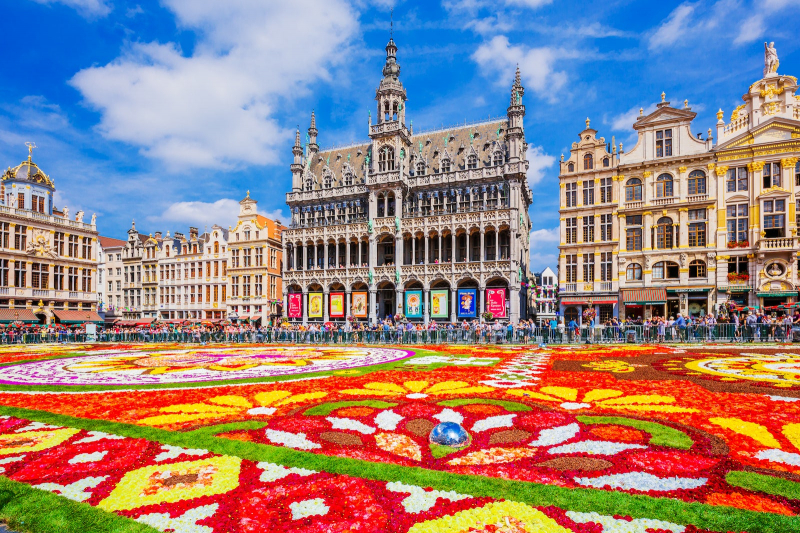
itinari.com 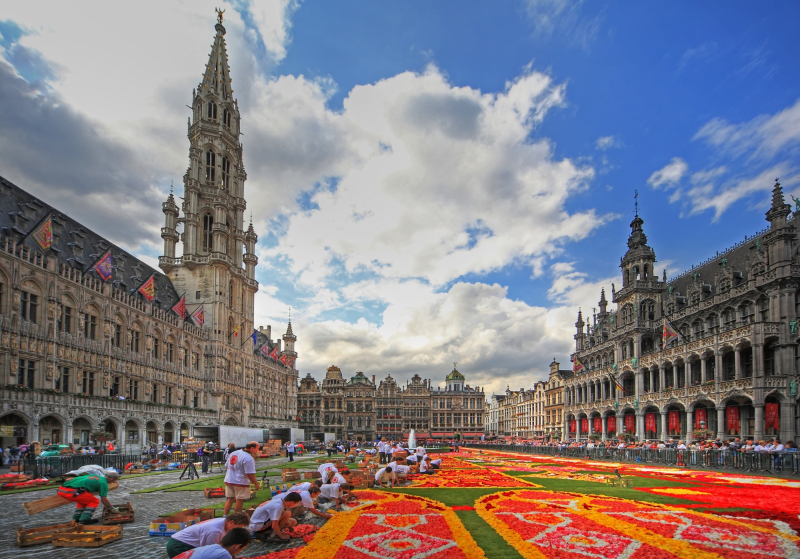
itinari.com -
The major square in the heart of Mexico City is known as the Zócalo. It served as Tenochtitlan, the capital of the Aztecs,' primary ceremonial hub before the arrival of the colonizers. Formerly known as "Main Square" or "Arms Square", the plaza's current official name is Plaza de la Constitución (Constitution Square). This name derives from the Cádiz Constitution, which was ratified in Spain in 1812, not from any of the other Mexican constitutions that have governed the nation. Even yet, it is now almost universally referred to as the Zócalo. Plans were for a column to be built as a symbol of independence, but only the zócalo (Spanish for "plinth") foundation was ever constructed.
Long ago, the plinth was buried, but the name endures. Not all other Mexican towns and cities have adopted the term "zócalo" to describe their central plazas, though many have, including Oaxaca, Mérida, and Guadalajara. Since the time of the Aztecs, it has served as a meeting place for Mexicans, hosting events like Mexican rituals, viceroys' swearing-ins, royal proclamations, military parades, independence celebrations, and contemporary religious celebrations like Holy Week and Corpus Christi. It has hosted foreign heads of state and serves as the primary location for both national observances and demonstrations. For than 700 years, the Zócalo and its surrounding blocks have been an important part of the city's layout and topography. The site is just one block southwest of the Templo Mayor, which, according to Aztec legend and mythology, was considered the center of the universe.
Location: Plaza de la Constitución, Mexico City
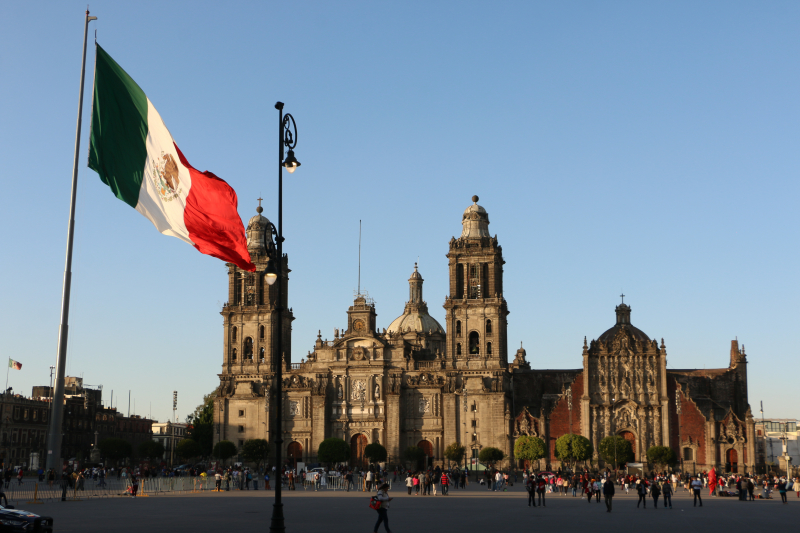
lfsonorisation.com 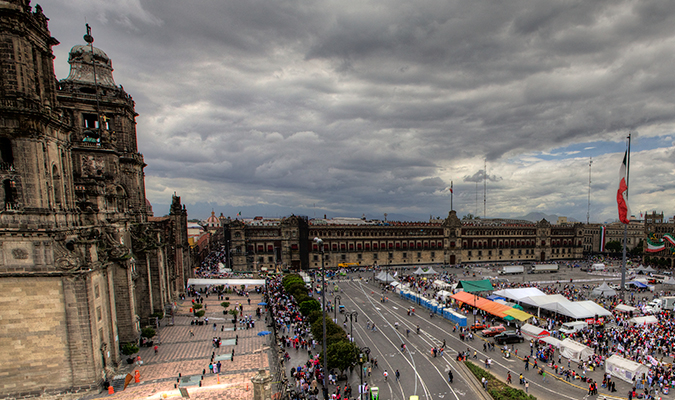
lfsonorisation.com -
A public plaza designed in the early 19th century around the region formerly known as Charing Cross, Trafalgar Square is located in the City of Westminster in the heart of London. A tall column with a statue of Admiral Nelson honoring the victory at the Battle of Trafalgar stands at its center. The fight of October 21st, 1805 proved the British navy's superiority over the Spanish and French fleets at sea during the Napoleonic Wars. Since the 1200s, the area around Trafalgar Square has served as a prominent landmark. Distances from Charing Cross have been used as landmarks for centuries.
The King's Mews finely built; walled courtyard once stood where the current plaza now stands. John Nash renovated the area after George IV transferred the mews to Buckingham Palace, but following his death, work slowed down and the square didn't open until 1844. Four lion sculptures protect the 169-foot (52 m) Nelson's Column in its center. The area is home to several memorial monuments and sculptures, but the Fourth Plinth, which has been vacant since 1840, has been exhibiting modern art since 1999. The National Gallery, St. Martin-in-the-Fields, Canada House, and South Africa House are some of the notable structures that face the plaza.
The area has hosted neighborhood events as well as political rallies, including as Bloody Sunday in 1887, the conclusion of the first Aldermaston March, anti-war marches, and campaigns against climate change. Since 1947, Norway has contributed a Christmas tree to the square, which is displayed for twelve days before and after Christmas. On New Year's Eve, the square serves as the focal point of festivities. Prior to the evacuation of the feral pigeons in the early 21st century, it was well known for having them.
Location: City of Westminster, London
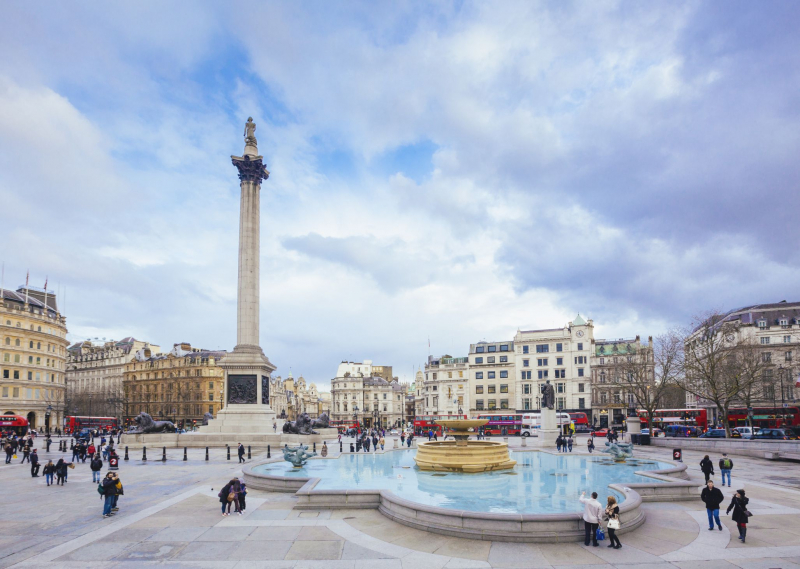
TripSavvy 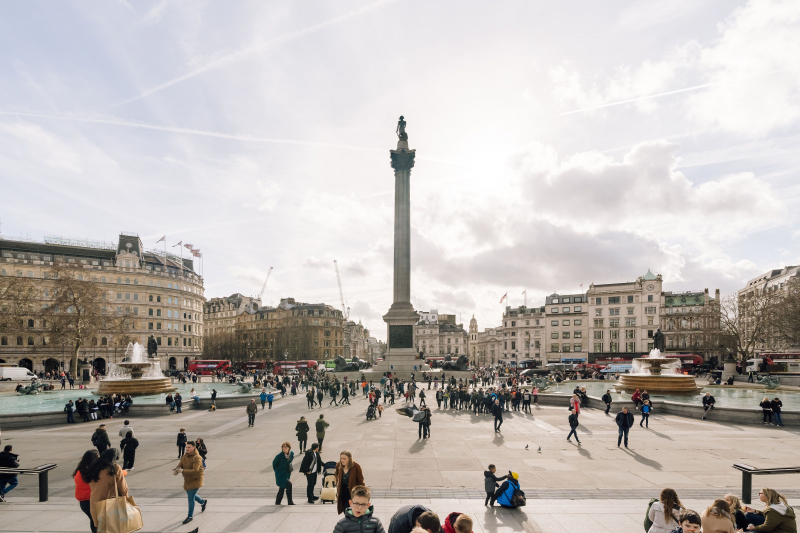
TripSavvy -
This spectacular city square, which is Madrid's most well-known plaza, is a must-see for any visitor. Plaza Mayor, which was first constructed outside the city walls, has hosted bullfights, marketplaces, concerts, soccer matches, and executions. In the center, across from the exquisitely painted Casa de la Panadera, the old headquarters of the bakers guild, is a monument of Philip III.
The current Plaza Mayor, which is rectangular in design, emphasizes the consistency of the building style. The Plaza is 129 m by 94 m in size. On the three-story residential buildings that face the Plaza inward, there are 237 balconies. There are 10 entrances, but only nine gates, to select from either entering or leaving The Plaza Mayor. The entrances are identified as follows: 7 de Julio, Arco de Triunfo, and Felipe III in the north; Sal, Zaragoza, and Gerona in the east; Botoneras, Toledo, and Cuchilleros in the south; and Ciudad Rodrigo in the west. In the middle of the square is a statue of Philip III mounted on a horse that dates back to 1848. Numerous events have been held in the Plaza Mayor.
At the heart of the square stands a bronze statue of King Philip III that Jean Boulogne and Pietro Tacca produced in 1616. The equestrian statue of Philip III by Giambologna was first erected in 1616, but it wasn't until 1848 that it was put in the middle of the square. At that time, the Duke of Florence gave the statue as a gift. Queen Isabel II gave the order to transfer it from Casa de Campo to serve as the Plaza Mayor's focal point.
Location: Mayor Square, Madrid
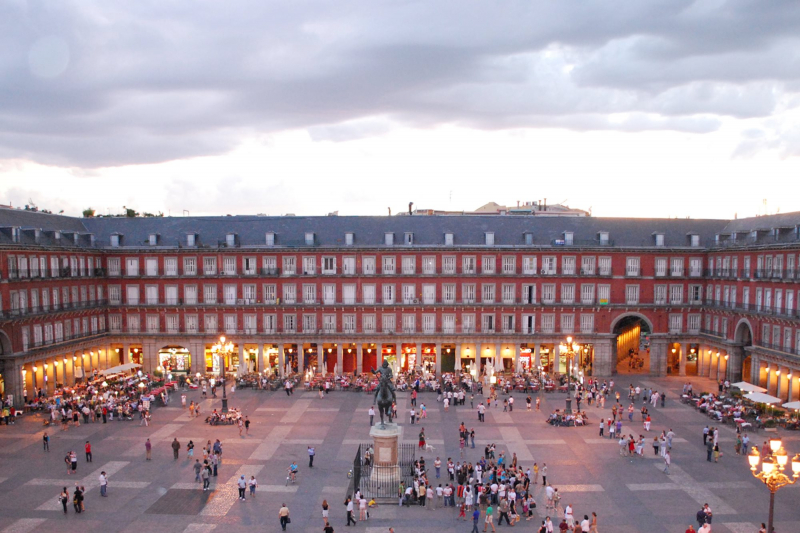
Plaza Mayor 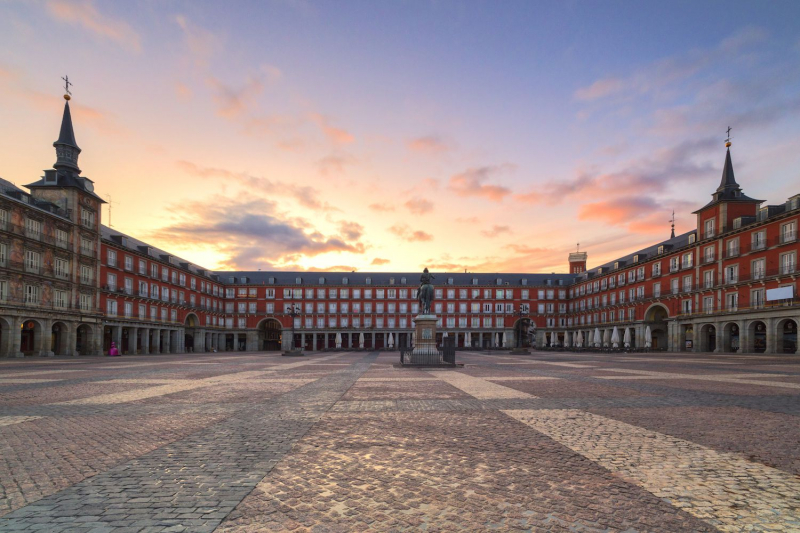
Plaza Mayor















